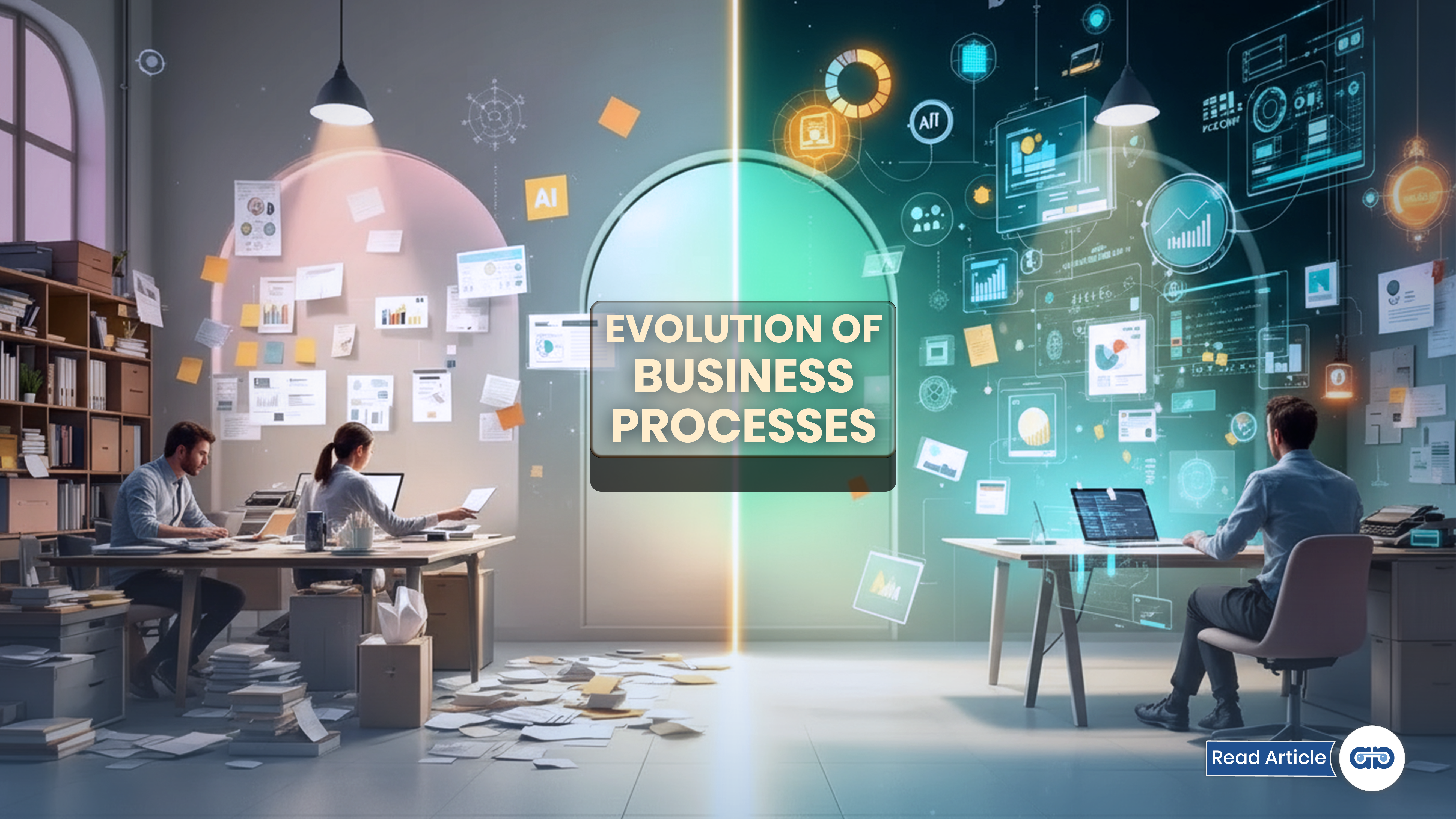Every era of business has its defining transformation. Today, that transformation is being driven by artificial intelligence. What began as a tool for data analysis has rapidly evolved into a force that automates workflows, reshapes industries, and redefines how work gets done.
For business leaders, this shift is not a matter of curiosity; it’s a matter of competitiveness. Organizations that harness AI to transform insights into automated action are building resilience, speed, and agility, while those that hesitate to risk falling behind.
This article explores how businesses are moving from raw data to real-time impact, with practical examples, measurable outcomes, and proven strategies for successful implementation.
From Data to Decisions: Gaining Actionable Insights
Modern enterprises generate staggering amounts of data such as customer transactions, supply chain movements, employee interactions, compliance records, etc. Yet too often, this data remains underutilized, buried in dashboards and reports.
AI changes the equation. By applying machine learning, natural language processing, and predictive analytics, businesses can:
• Detect subtle shifts in customer preferences before they appear in sales reports.
• Identify risks, such as fraud or compliance violations, in real time.
• Forecast operational needs, from staffing levels to equipment maintenance.
The critical point is that AI doesn’t just collect data; it distills it into insights that can guide immediate, intelligent action.
Turning Insights into Automated Workflows
Insights are valuable only when they inform you of action. The real breakthrough comes when insights are embedded into workflows that run automatically.
Suppose a customer support team is preparing for a new product launch. Traditional analytics might show a spike in incoming queries. With AI automation, that insight becomes a workflow: tickets are automatically categorized, routed to the right team, and in many cases resolved by AI agents before a human ever touches them.
In IT operations, anomaly detection can trigger automated fixes, such as restarting a server or reallocating resources, long before an outage impacts customers.
This shift from “knowing” to “doing” ensures that organizations don’t just understand their challenges; they solve them in real time.
Measuring the Business Impact
AI workflow automation delivers measurable results across multiple dimensions:
• Efficiency Gains: Repetitive manual work is reduced, freeing employees for strategic tasks.
• Cost Savings: Organizations often cut operational costs by 20–40% through automation.
• Speed and Agility: Decisions that once took days are now executed in seconds.
• Consistency and Accuracy: Automated workflows ensure repeatable, error-free execution.
• Employee Engagement: By removing drudgery, AI boosts job satisfaction and reduces burnout.
Importantly, these gains are not limited to operations. They translate directly into strategic advantages: stronger market positions, faster innovation, and better customer loyalty.
Best Practices for Getting Started
To ensure success when implementing AI workflow automation, leaders need a thoughtful approach that balances quick wins with long-term scalability. Here are the practices that consistently deliver results:
1. Identify High-Impact Use Cases
Start with processes that combine high volume and high value. Quick wins, such as reducing customer wait times or automating IT tickets, build credibility and momentum.
2. Prioritize Integration
Automation should never exist in a silo. Ensure your AI tools integrate seamlessly with systems like CRM, ERP, and ITSM to create end-to-end efficiency.
3. Focus on Empowerment
Position automation as a way to augment employees, not replace them. Involve staff early to reduce resistance and encourage adoption.
4. Establish Governance
Clear rules on data use, privacy, and algorithm transparency are essential. Governance builds trust among employees, customers, and regulators.
5. Commit to Continuous Improvement
AI automation is not static. Regularly review workflows, measure performance, and adjust to align with evolving business needs.
The End Note
AI workflow automation has moved far beyond efficiency. It is now a driver of transformation. By converting insights into action, it enables organizations to move faster, operate smarter, and create lasting value.
For business leaders, the choice is clear. Treat AI as a tactical efficiency tool or embrace it as a strategic partner in shaping the future. The companies that choose the latter will not only survive disruption but define what comes next.

